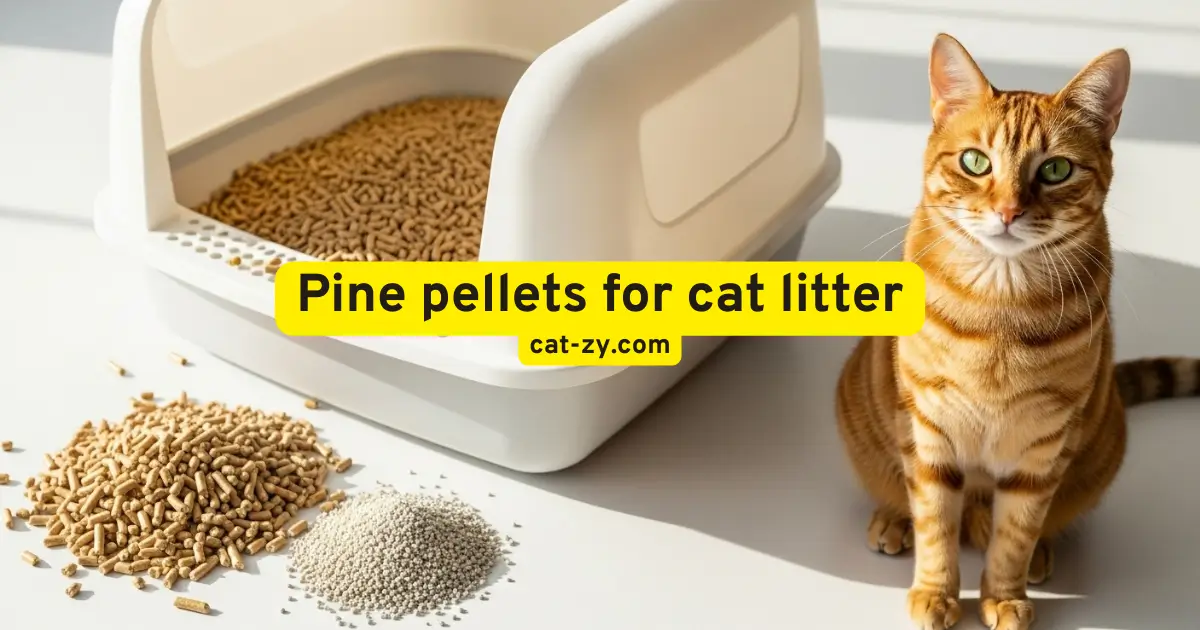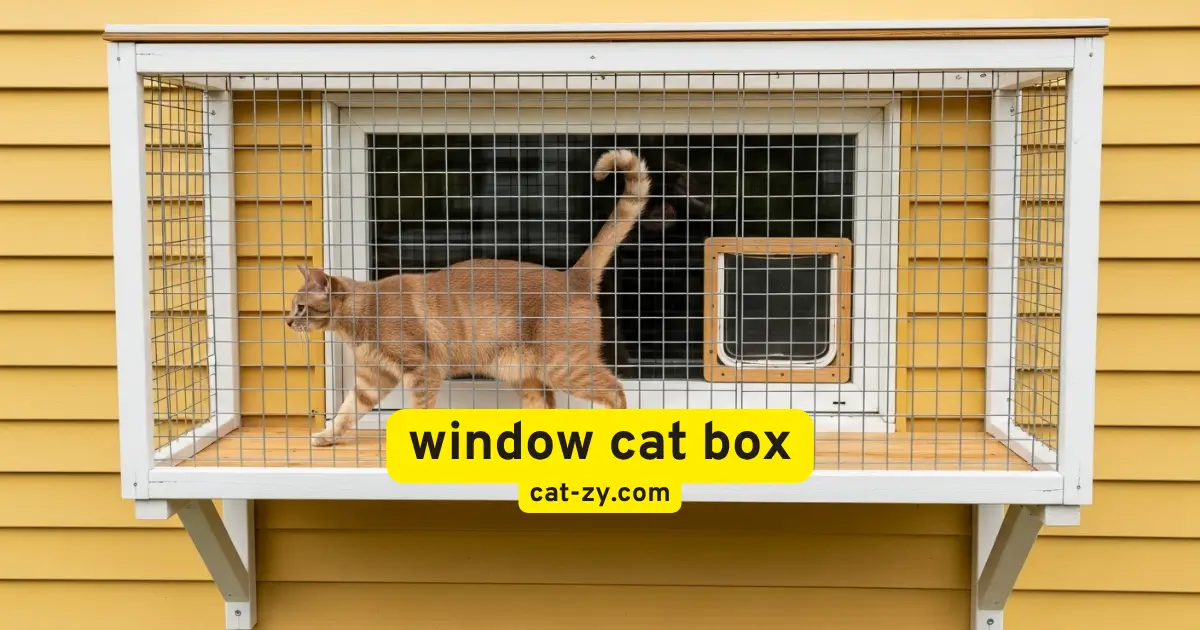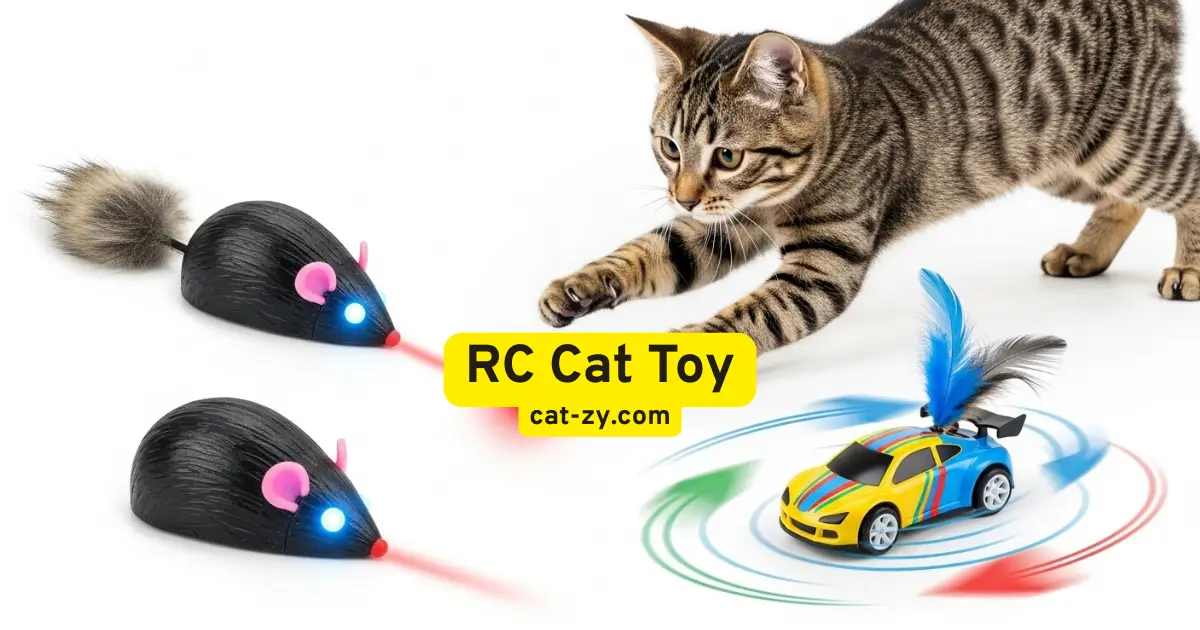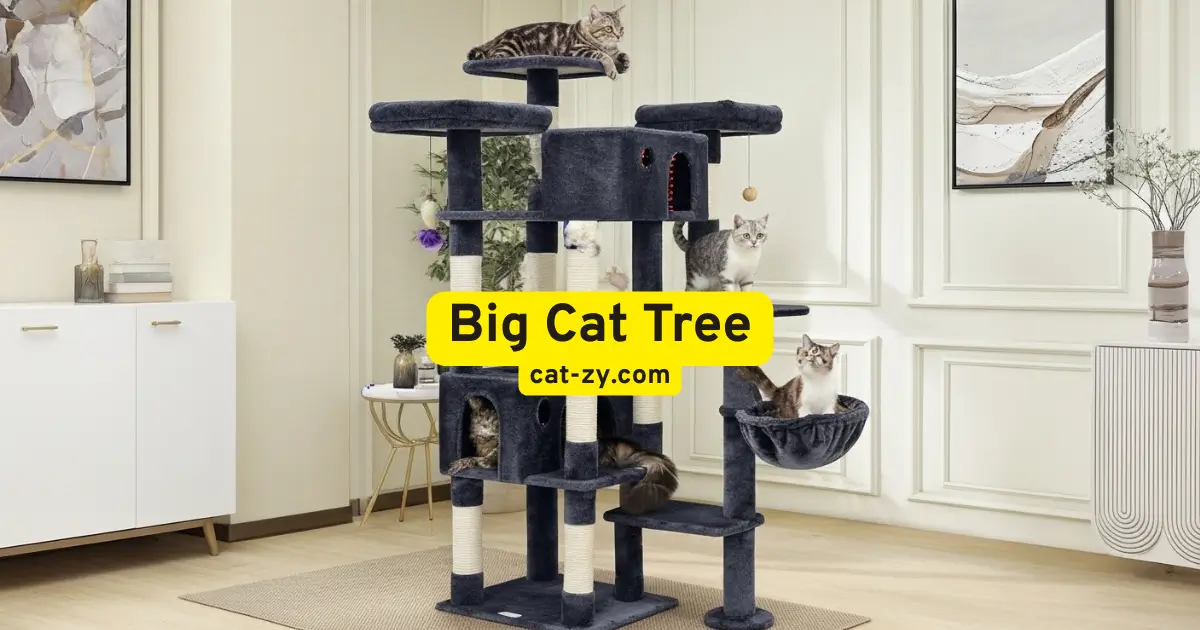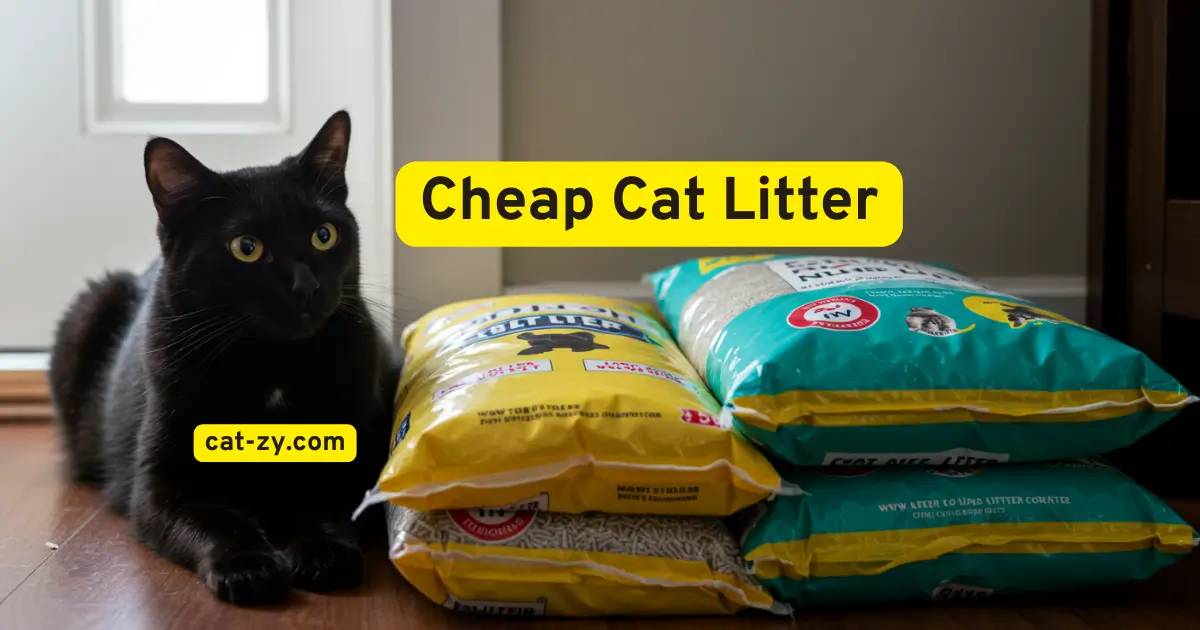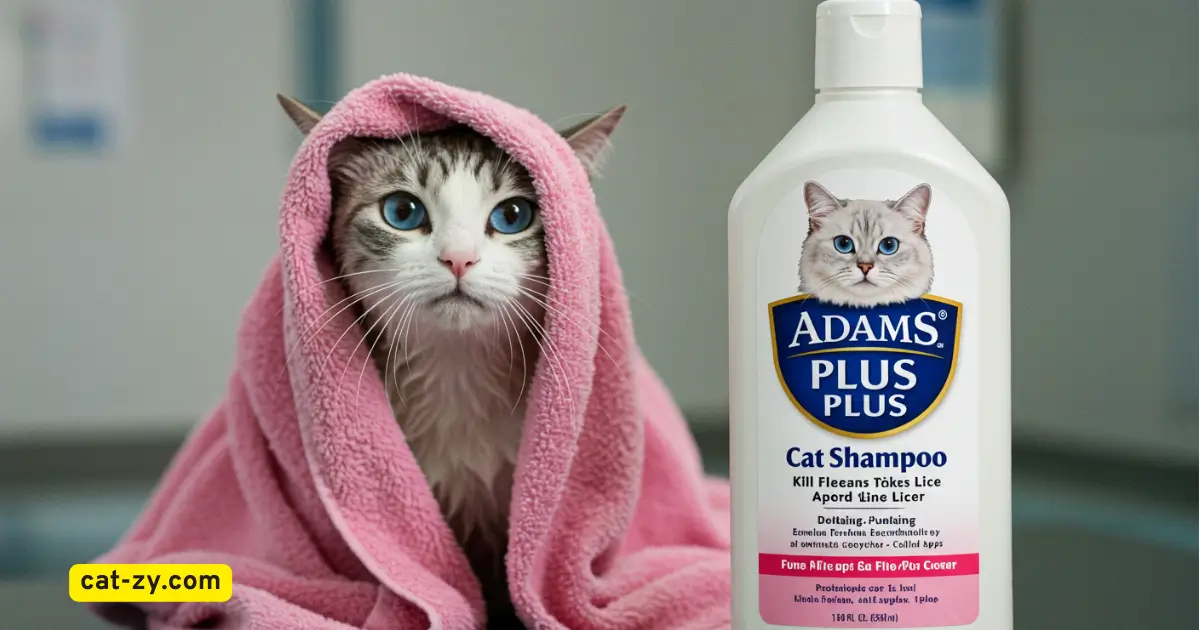Shocking Pine Pellets for Cat Litter: 5 Game-Changing Secrets
If you own a cat, you know how hard it is to keep the litter box clean. Choosing the right litter is a big decision, with many options out there. Pine pellets are becoming a popular choice for cat litter.
Thinking about switching to a natural or eco-friendly option? It’s important to know the pros and cons. This article will share five surprising facts about pine pellets for cat litter. These facts will help you decide if they’re right for you and your pet.
Discover how pine pellets are eco-friendly and effective at controlling odors. These facts will guide you in making the best choice for your pet.
Table of Contents
What Are Pine Pellets and Why Are They Used for Cat Litter?
Pine pellets are a natural and eco-friendly choice for cat litter. They are made from compressed pine wood, a highly renewable resource. This makes them a great option for those looking for a green alternative.
The Composition and Manufacturing Process
Pine pellets are made by compressing pine sawdust or shavings under high pressure. This creates dense, cylindrical pellets that soak up a lot of moisture. They are a natural choice for cat owners who want to be kinder to the environment.
Key Differences from Traditional Clay Litter
Unlike conventional clay litter, pine pellets offer biodegradable and non-toxic properties. They produce minimal dust, benefiting both cats and individuals with respiratory sensitivities. Their superior moisture retention reduces the frequency of litter box cleaning required.
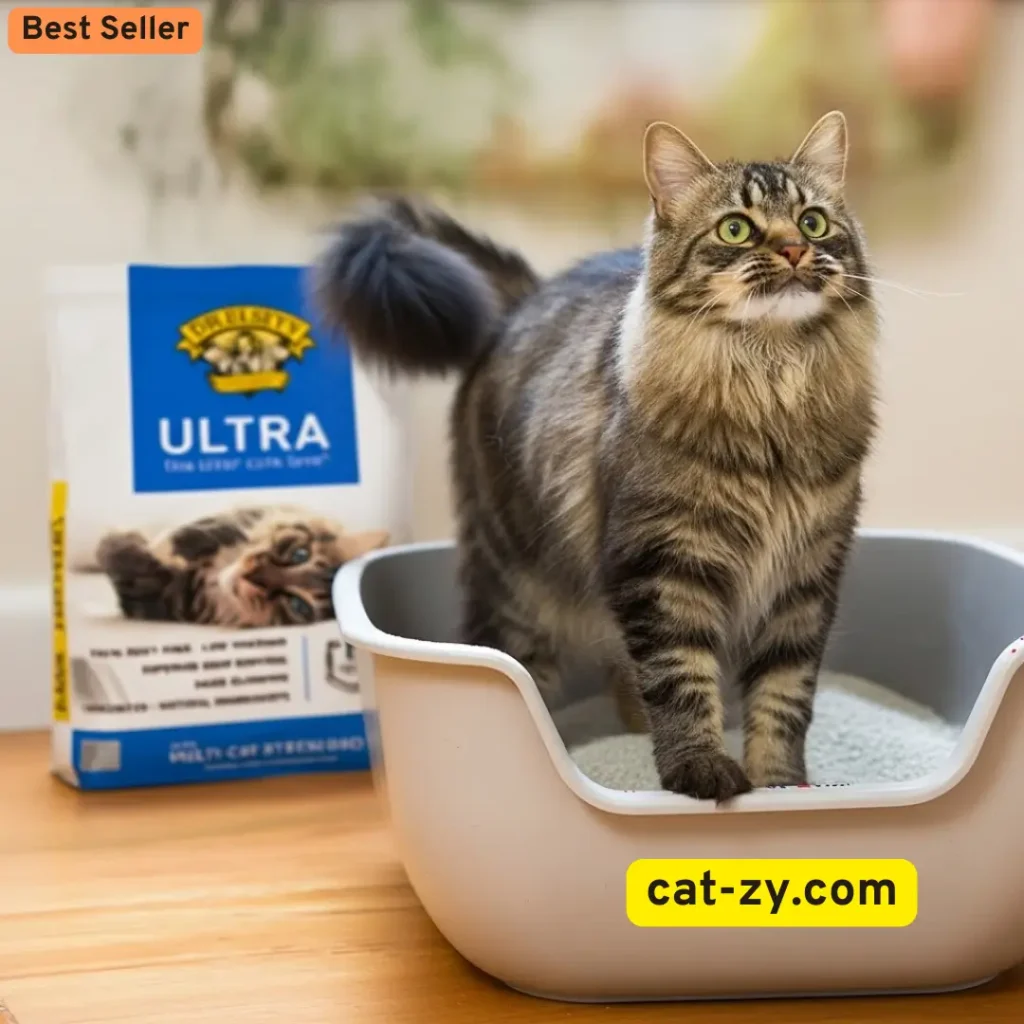
Basic Benefits Overview
Using pine pellets for cat litter has many benefits. They reduce odors, create less dust, and are better for the environment. Switching to pine pellets can make your home healthier for you and your cat. Plus, they can be composted, which helps reduce waste even more.
When thinking about using pine pellets, it’s important to see their value. They are eco-friendly and offer many practical benefits. Pine pellets are a strong alternative to traditional cat litter.
The History and Rising Popularity of Pine Pellets as Cat Litter
Pine pellets for cat litter are revolutionizing modern pet care practices. More people want eco-friendly options. This has made pine pellets very popular.
From Industrial Use to Pet Care Revolution
At first, pine pellets were for heating and animal bedding. But, they’re great for cat litter, too. They’re good because they soak up a lot, are natural, and break down easily.
Current Market Trends in Eco-Friendly Pet Products
The pet world is moving towards green products. Pine pellets for cat litter lead this trend. They’re a better choice than clay litters. Now, there are many pine pellet options for pet owners.
Why More Cat Owners Are Making the Switch
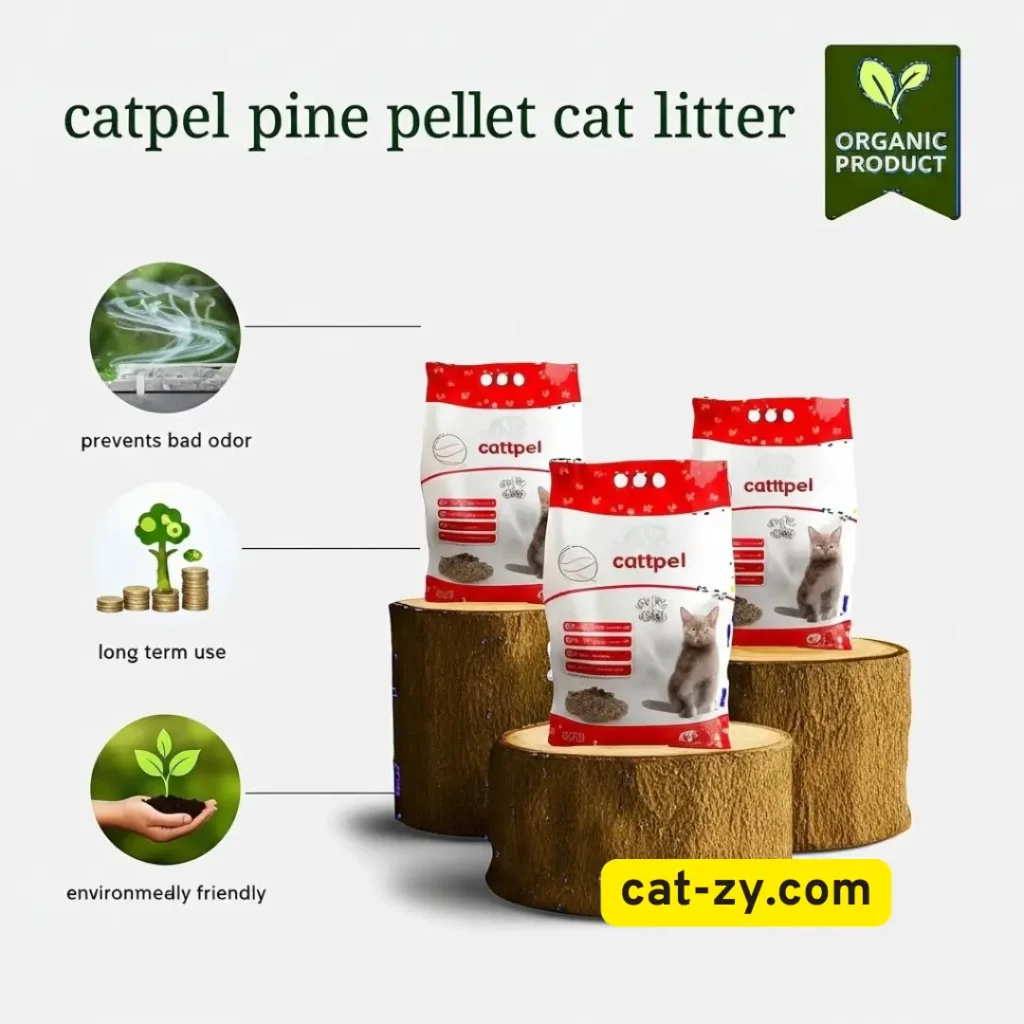
More cat owners are choosing pine pellets for cat litter. They like how well they absorb, how little they smell, and how good they are for the planet. This makes pine pellets a top pick for a better litter.
Shocking Fact #1: Pine Pellets Are Significantly More Absorbent Than Clay Litter
Pine pellets for cat litter are much better at soaking up moisture than clay litter. This positions them as a preferred choice among cat owners.
Absorption Capacity
Research demonstrates that pine pellets absorb up to four times their weight in liquid. This beats clay litter, which can’t handle high humidity as well. It’s great for homes with many cats or those with cats that pee a lot.
Pine pellets work so well because they’re made from natural pine wood. They quickly break down moisture, preventing clumps and smells.
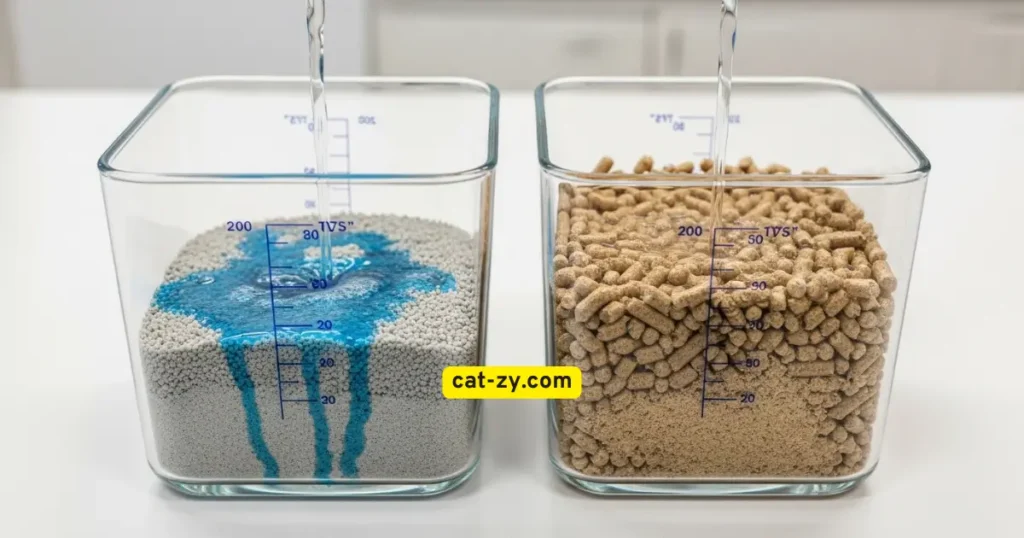
Impact on Litter Box Maintenance
Using pine pellets for cat litter means you clean the litter box less often. They soak up more moisture, saving you time. This is a big win for cat owners.
Additionally, maintaining a cleaner litter box promotes better feline health conditions. The box stays dry, without the ammonia smell from pee.
User Experiences
Many cat owners love pine pellets. They say the litter stays dry and smells good for longer. One owner said, “I’ve never had to change the litter as often since switching to pine pellets. It’s a game-changer!“
These stories show how pine pellets make life easier for cat owners. They’re a top choice for those who want a hassle-free litter solution.
Shocking Fact #2: Pine Pellets Can Save You Hundreds of Dollars Annually
Switching to pine pellets for cat litter can save you hundreds of dollars annually. The initial cost might seem high, but the long-term savings are huge.

Detailed Cost Comparison with Traditional Litters
When comparing costs, look at the price per pound or bag and how long it lasts. Pine pellets are very absorbent, lasting longer than many traditional litters. As an illustration, a 40-pound pine pellet bag provides equivalent or superior longevity compared to a 50-pound clay litter bag.
Cost Comparison Example: A bag of clay litter costs $15 and lasts a month. A bag of pine pellets costs $20 but lasts six weeks. This makes pine pellets a better value. Over a year, you’ll save a lot of money.
Long-term Savings Breakdown
Let’s look at the potential annual savings. If you spend $180 a year on clay litter, switching to pine pellets could save you $60 to $90. The specific brand and pellet size you select will influence these results. It’s based on pine pellets lasting longer, so you buy them less often.
Budget-Friendly Sources for Pine Pellets
To save more, find affordable sources for pine pellets. Purchase larger quantities through internet vendors or nearby agricultural supply outlets. They often have better prices. Some online platforms and pet stores also offer discounts for subscriptions or bulk buys.
Tip: Check for sales or discounts on pet supply websites. Use coupons or cashback apps to cut your costs even more.
Shocking Fact #3: The Hidden Health Benefits of Pine Pellets for Cat Litter
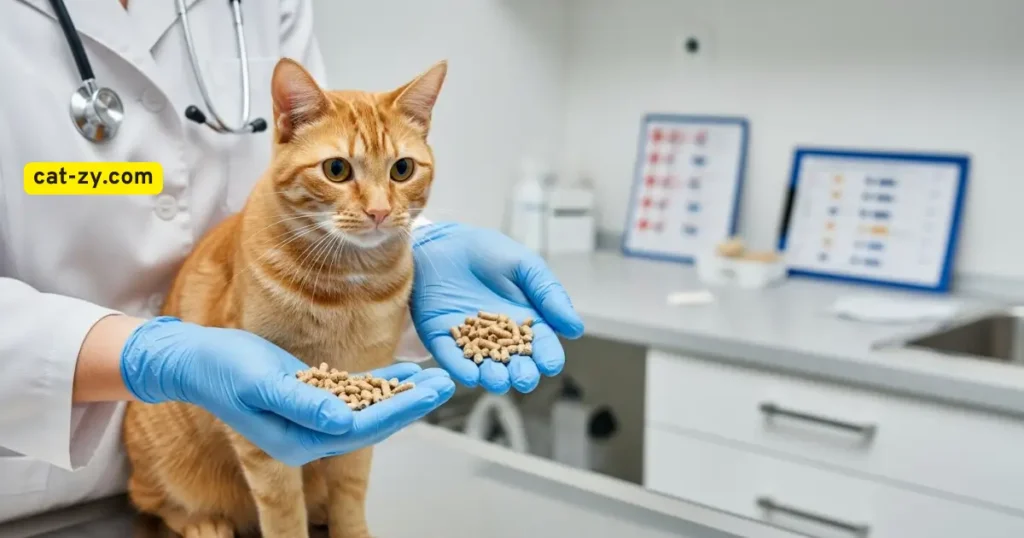
Pine pellets are more than just an eco-friendly cat litter option. They also have health benefits. As a cat owner, you want the best for your pet, and the litter you choose is key.
Pine pellets offer many health benefits, from fewer respiratory issues to fewer allergic reactions. Let’s look at these advantages and what vets say about their safety.
Reduced Respiratory Issues for Cats and Owners
Pine pellets help reduce respiratory problems for cats and their owners. Unlike clay litter, which can stir up dust, pine pellets are designed to make less dust. This is great for homes where breathing is a concern.
Primary benefits of pine pellets for minimizing breathing problems include:
- Low dust production
- Natural, non-toxic composition
- Effective odor control without harsh chemicals
Lower Allergic Reactions and Sensitivities
Pine pellets also lower allergic reactions and sensitivities. The natural pine is hypoallergenic, making it better than clay or other materials that can irritate.
Selecting pine pellets provides a softer litter experience for both feline paws and human skin.
Veterinarian Perspectives on Pine Pellet Safety
Vets see pine pellets as a safe and healthy cat litter option. Their natural makeup and low dust production are good for cats with sensitivities or allergies.
It’s crucial to talk to your vet before switching to pine pellets if your cat has health needs or allergies.
Choosing the right litter can greatly improve your cat’s health. Pine pellets are a strong option for those seeking a healthier litter choice.
Shocking Fact #4: Pine Pellets Eliminate Odor Better Than Chemical Alternatives
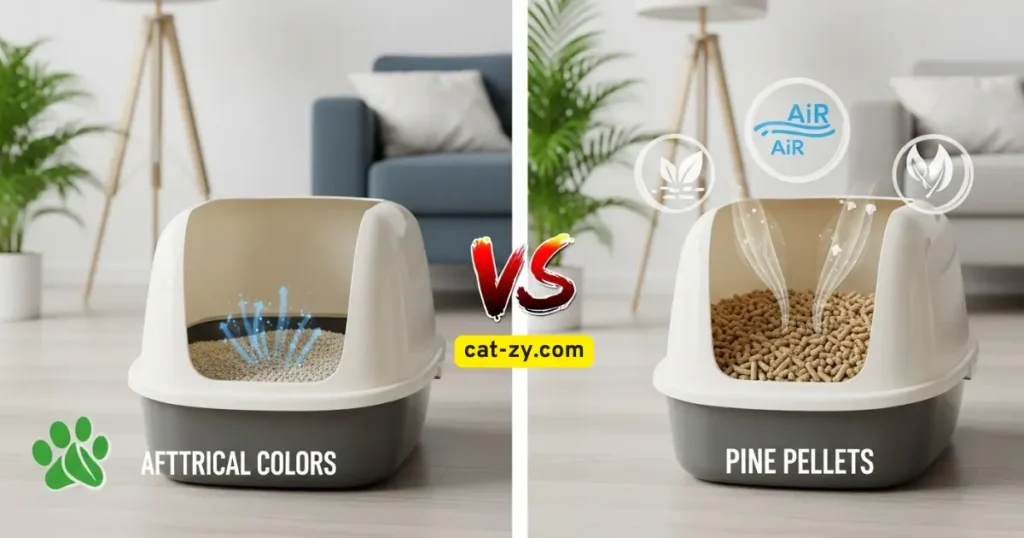
Pine pellets for cat litter are gaining widespread acceptance among pet owners. They are great at getting rid of odors naturally, better than chemical litters. This is because of the science behind how pine pellets work.
The Science Behind Natural Odor Control
Pine pellets are made from natural pine. They are good at absorbing moisture and odor. When your cat uses the litter box, the pellets soak up the waste and turn into sawdust.
This process not only cuts down on odor but also reduces dust. This makes it healthier for you and your pet. The natural oils in pine also help kill bacteria that cause smells, keeping your home smelling fresh.
Comparison with Artificially Scented Litters
Pine pellets are different from chemically scented litters. They don’t overpower like artificial fragrances can. Instead, they offer a natural freshness.
Chemical litters might cover up smells, but don’t solve the problem. Pine pellets, on the other hand, get to the root of the smell. They last longer and are better for your health. Plus, they’re great for people with sensitivities or allergies because they don’t have artificial fragrances.
Household Odor Management Strategies
To get the most out of pine pellets, you need to manage odors in your home. Clean the litter box often, make sure your home is well-ventilated, and use a covered litter box. An open box of baking soda near the litter box can also help absorb any remaining smells.
Choosing pine pellets for your cat’s litter is good for them and for your home. It makes your living space healthier and more pleasant for everyone.
Shocking Fact #5: Not All Cats Adapt to Pine Pellets Equally
Pine pellets are great for cats, but not all cats like them the same. How well a cat likes pine pellets depends on many things. This includes the cat’s behavior, age, and health.

Behavioral Factors Affecting Cat Acceptance
Cats are very picky about their litter. Behavioral factors like their litter box habits and texture preferences matter a lot. Cats who like finer textures might not like the bigger pine pellets.
Age and Health Considerations
A cat’s age and health affect how well they adapt to a new litter. Kittens and older cats might take longer to get used to it. Cats with breathing problems or allergies might do better with pine pellets, but watch how they react.
Step-by-Step Transition Strategies for Stubborn Cats
For cats that don’t like change, a gradual transition is best. Start by mixing a little pine pellets with their old litter. Slowly add more pine pellets over time. This allows your feline to gradually adapt to the different textures and scents.
Also, make sure the litter box is clean and comfy. This can help the cat accept the pine pellets better. By understanding these factors, cat owners can make the switch to pine pellets easier. This gives their pets a healthier and greener litter option.
How to Properly Use Pine Pellets for Cat Litter
To get the most out of pine pellets for cat litter, it’s key to know how to use them right. You need to understand the different litter box systems and how to keep them clean.
Different Litter Box Systems for Pine Pellets
Pine pellets function effectively across various litter box designs, including standard and sifting models. The crucial factor is selecting a system that facilitates easy separation of used pellets from fresh ones. Some people like litter boxes with sifters because they make cleaning up easier.
Daily and Weekly Maintenance Routines
Every day, you should scoop out solid waste and clumps. Once a week, change the litter completely. For pine pellets, add fresh pellets daily to keep the right amount.
Eco-Friendly Disposal and Composting Methods
Pine pellets are great because they’re easy to dispose of in an eco-friendly way. You can compost them, which helps reduce waste and makes good soil for your garden.
Safety Considerations for Composting Used Litter
When composting pine pellets, make sure your compost pile is balanced and at the right temperature. This kills off harmful germs. Also, keep the compost pile away from your cat’s litter box to prevent contamination.
By following these tips, you can use pine pellets for your cat’s litter effectively. This will make your cat’s litter box cleaner, healthier, and more eco-friendly.
Top Brands and Types of Pine Pellets for Cat Litter
Choosing the right pine pellets for cat litter can be tough. There are many brands and types out there. It’s important to know what’s available.
Specialized Pet-Grade vs. Heating Pellets
Not all pine pellets are the same. Pet-grade pine pellets are made just for cat litter. They’re safe for your cat and keep odors away. Heating pellets might have things that aren’t good for pets. Always pick pet-grade pine pellets for your cat’s litter box.
Comparing Popular Brands on the Market
Some well-known brands include Dr. Elsey’s Precious Cat Ultra Premium Clumping Cat Litter and World’s Best Cat Litter Multiple Cat Clumping Litter. These brands offer top-notch pine pellets. They’re good at soaking up and controlling smells. When looking at brands, think about pellet size, dust, and cost.
What to Look for When Purchasing
When buying pine pellets for cat litter, look for 100% natural and free from additives products. Check the pellet size and density. Additionally, evaluate the manufacturer’s product standards and support services. Reading reviews and asking for advice can help you choose well.
Conclusion: Is Switching to Pine Pellets Right for You and Your Cat?
After learning about pine pellets for cat litter, you might be thinking about making the switch. They are great because they absorb well, save money, and control odors naturally. This makes them a good choice compared to traditional clay litters.
Before switching, think about what’s best for your cat. Some cats take to pine pellets right away, while others need time to get used to them. By considering your cat’s needs and your own, you can decide if pine pellets are right for you.
Switching to pine pellets is a choice that depends on what matters most to you. It’s about your cat’s health, your budget, and the planet. Choosing pine pellets means you’re picking a litter that’s better for the environment, could be healthier, and is more affordable. It can also make your cat’s litter box time better.
FAQ
What are pine pellets made of?
Pine pellets come from compressed sawdust or wood shavings, often from pine trees. They are a natural, biodegradable option.
Are pine pellets safe for my cat?
Yes, pine pellets are safe for cats. But make sure to pick pet-grade pine pellets. They are manufactured with non-toxic materials, ensuring feline safety.
How do I transition my cat to pine pellets?
Start by mixing a bit of pine pellets with your cat’s current litter. Slowly add more pine pellets over time. This lets your cat get used to the new texture and smell.
Can I compost used pine pellets?
Yes, you can compost used pine pellets. They are high in carbon and can balance out nitrogen-rich materials in your compost. Just make sure your compost pile is well-maintained to avoid odors or pests.
What is the recommended frequency for replacing pine pellets in the litter box?
Changing pine pellets depends on several factors. These include how many cats use the litter box and the litter box’s size. Remove solid waste daily and replace the pine pellets every 7-10 days.
Are pine pellets more absorbent than traditional clay litter?
Yes, pine pellets are very absorbent. They can soak up a lot of moisture, helping control odor and moisture in the litter box.
Can I use pine pellets in a clumping litter box?
No, pine pellets aren’t for clumping litter boxes. They don’t clump like clay litter. Rather, they soak up liquids and decompose into fine sawdust particles. You might need a different litter box or a different cleaning routine.
Are there any health benefits to using pine pellets for cat litter?
Yes, pine pellets have health benefits. They can reduce respiratory issues and allergic reactions compared to clay litter. Their organic, safe composition contributes to establishing a healthier feline living space.
How to use pine pellets for cat litter
Add 2-3 inches of pine pellets for cat litter to your litter box. Remove solid waste daily and add fresh pellets as needed. When moistened, the pellets decompose into sawdust, providing effective odor management. Replace completely every 1-2 weeks.
Can you use pine pellets for cat litter?
Yes, you can use pine pellets for cat litter safely and effectively. Choose pet-grade pine pellets rather than heating pellets for your cat’s safety. Pine pellets for cat litter offer excellent odor control, are eco-friendly, and cost-effective compared to traditional clay litters.
Where to buy pine pellets for cat litter
You can buy pine pellets for cat litter at pet stores like PetSmart and Petco, online retailers like Amazon and Chewy, farm supply stores, and some grocery stores. Farm supply stores often offer the best prices for bulk purchases.

